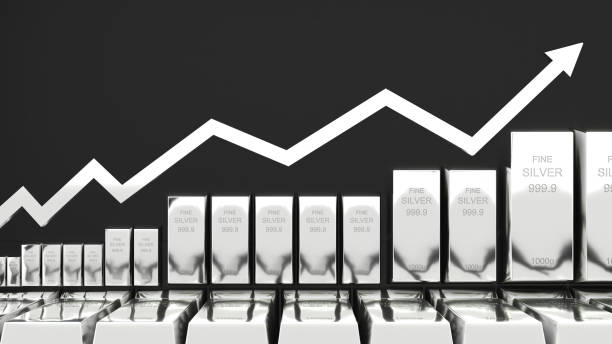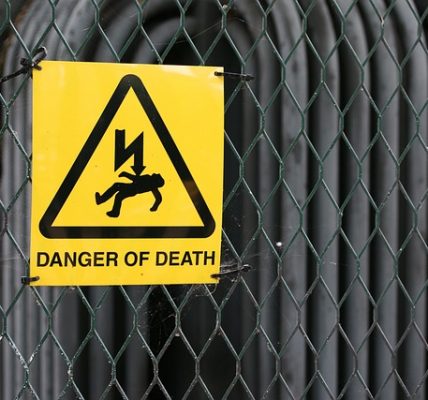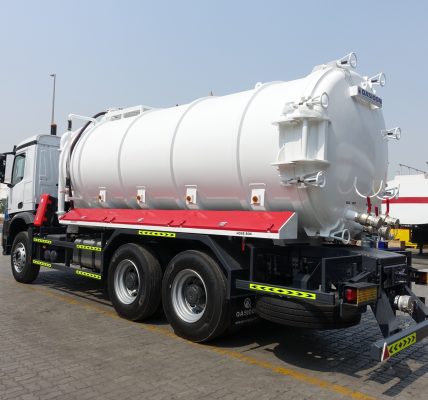In the dynamic world of investments, commodities like gold have long held the spotlight as a safe haven for investors seeking to diversify their portfolios. However, another precious metal, silver, is emerging as a compelling investment opportunity. Often referred to as the “poor man’s gold,” silver possesses unique characteristics that make it an attractive option for both seasoned investors and newcomers alike. As the global economy continues to evolve and face unprecedented challenges, the case for investing in silver has never been stronger. This blog explores the multifaceted reasons why silver deserves a place in your investment portfolio today.
The Historical Significance of Silver
Silver has played a vital role in human civilization for thousands of years, serving as currency, a store of value, and an essential industrial metal. Its historical significance provides a solid foundation for its current investment appeal. Unlike fiat currencies, which can be printed at will, silver is a tangible asset with intrinsic value. This historical backdrop of stability and value retention makes silver an attractive hedge against economic uncertainty and inflation.
The Supply and Demand Dynamics
One of the most compelling reasons to invest in silver today is its unique supply and demand dynamics. Silver’s demand is driven by both industrial uses and investment purposes, creating a diverse and robust market.
Industrial Demand
Silver is a critical component in various industrial applications, including electronics, solar panels, medical devices, and more. Its excellent conductivity, reflectivity, and antibacterial properties make it indispensable in modern technology and healthcare. The growth of renewable energy, particularly solar power, has significantly increased the demand for silver. As countries worldwide strive to meet their renewable energy targets, the demand for silver is expected to rise substantially.
Investment Demand
Investment demand for silver is also on the rise. In times of economic uncertainty, investors flock to precious metals like silver as a safe haven. The metal’s affordability compared to gold makes it accessible to a broader range of investors. Additionally, silver coins and bars are popular among collectors and investors, contributing to the overall demand.
Limited Supply
On the supply side, silver is primarily produced as a byproduct of mining other metals such as copper, lead, and zinc. This secondary production status means that the supply of silver is somewhat constrained and less responsive to price changes. Moreover, silver mining companies face challenges such as declining ore grades and environmental regulations, which can further limit production. The finite supply of silver, combined with increasing demand, sets the stage for potential price appreciation.
Silver as a Hedge Against Inflation
Inflation erodes the purchasing power of money, making it a significant concern for investors. Precious metals like silver have historically been used as a hedge against inflation due to their intrinsic value and limited supply. When inflation rises, the value of fiat currencies typically declines, while the value of tangible assets like silver tends to increase.
Monetary Policy and Currency Devaluation
In recent years, central banks around the world have adopted loose monetary policies, including low interest rates and quantitative easing, to stimulate economic growth. While these measures can provide short-term economic boosts, they also increase the risk of currency devaluation and inflation. As central banks continue to print money to support their economies, the purchasing power of fiat currencies is likely to decline, making silver an attractive store of value.
Silver’s Role in a Diversified Portfolio
Diversification is a fundamental principle of investing that involves spreading investments across various asset classes to reduce risk. Silver plays a crucial role in a diversified portfolio due to its low correlation with other financial assets such as stocks and bonds. This means that when traditional markets experience volatility, silver often moves in the opposite direction, providing a buffer against market downturns.
Portfolio Insurance
Including silver in your investment portfolio acts as a form of insurance. During economic crises, geopolitical tensions, or market corrections, the value of silver tends to rise as investors seek safe-haven assets. This counter-cyclical behavior can help protect your portfolio from significant losses during turbulent times.
Potential for Capital Appreciation
While silver is often viewed as a defensive investment, it also offers significant potential for capital appreciation. Several factors contribute to this potential, including increasing industrial demand, limited supply, and macroeconomic trends.
Technological Advancements and Green Energy
Technological advancements and the transition to green energy are major drivers of future silver demand. The metal’s use in photovoltaic cells for solar energy, electric vehicles, and advanced electronics is expected to grow substantially. As the world shifts towards cleaner and more sustainable energy sources, silver will play a pivotal role, driving up its demand and, consequently, its price.
Market Sentiment and Speculation
Market sentiment and speculative activities can also influence silver prices. As more investors recognize silver’s potential, increased buying activity can drive prices higher. Moreover, the silver market is relatively smaller compared to gold, making it more susceptible to price swings. This volatility can present lucrative opportunities for investors who can navigate the market effectively.
Silver vs. Gold: A Comparative Analysis
While both silver and gold are valuable precious metals, there are distinct differences that make silver an attractive investment in its own right.
Affordability and Accessibility
Silver is significantly more affordable than gold, making it accessible to a wider range of investors. This lower entry point allows individuals to start investing in precious metals without requiring substantial capital. It also means that silver has more room for price growth compared to gold, which is already at a high price level.
Higher Industrial Demand
Unlike gold, which is primarily used for investment and jewelry, a substantial portion of silver’s demand comes from industrial applications. This industrial demand provides a steady base for silver’s value, reducing its reliance on investment demand alone. The dual role of silver as both an industrial and investment metal adds to its appeal and potential for price appreciation.
Silver’s Volatility and Opportunities
Silver’s higher volatility compared to gold can be both a risk and an opportunity. For investors with a higher risk tolerance, silver’s price swings can provide significant profit opportunities. By carefully monitoring market trends and economic indicators, investors can capitalize on silver’s volatility to achieve substantial returns.
Physical Silver vs. Silver ETFs: Investment Options
When it comes to investing in silver, investors have several options to choose from, each with its advantages and disadvantages.
Physical Silver
Investing in physical silver involves purchasing silver coins, bars, or bullion. This option provides direct ownership of the metal, offering tangible assets that can be stored securely. Physical silver is an excellent choice for investors seeking a long-term store of value and a hedge against economic instability. However, it also comes with storage and insurance costs, which need to be considered.
Silver ETFs
Exchange-traded funds (ETFs) that track the price of silver offer a convenient way to gain exposure to the metal without the need for physical storage. Silver ETFs are highly liquid, allowing investors to buy and sell shares easily on the stock exchange. This option is ideal for those looking for flexibility and lower transaction costs. However, it’s important to note that owning shares in a silver ETF does not equate to owning physical silver, and the performance of the ETF may be influenced by management fees and other factors.
Silver Mining Stocks
Another way to invest in silver is through shares of silver mining companies. This option provides leverage to the price of silver, as the profitability of mining companies tends to rise with increasing silver prices. Investing in mining stocks also allows investors to benefit from dividends and capital gains. However, it’s essential to conduct thorough research on the financial health and operational efficiency of the mining companies, as their performance can be influenced by factors beyond silver prices, such as management decisions and geopolitical risks.
Conclusion
In today’s uncertain economic environment, silver stands out as a compelling investment option. Its historical significance, robust supply and demand dynamics, role as a hedge against inflation, and potential for capital appreciation make it a valuable addition to any investment portfolio. Whether you choose to invest in physical silver, silver ETFs, or silver mining stocks, the metal’s unique characteristics and diverse applications offer a range of opportunities for investors.
As the world continues to navigate economic challenges and technological advancements, the demand for silver is poised to grow. By including silver in your investment strategy, you can diversify your portfolio, protect against inflation, and capitalize on the metal’s potential for growth. The silver lining is clear: investing in silver today can provide both stability and opportunity in an ever-changing financial landscape.





